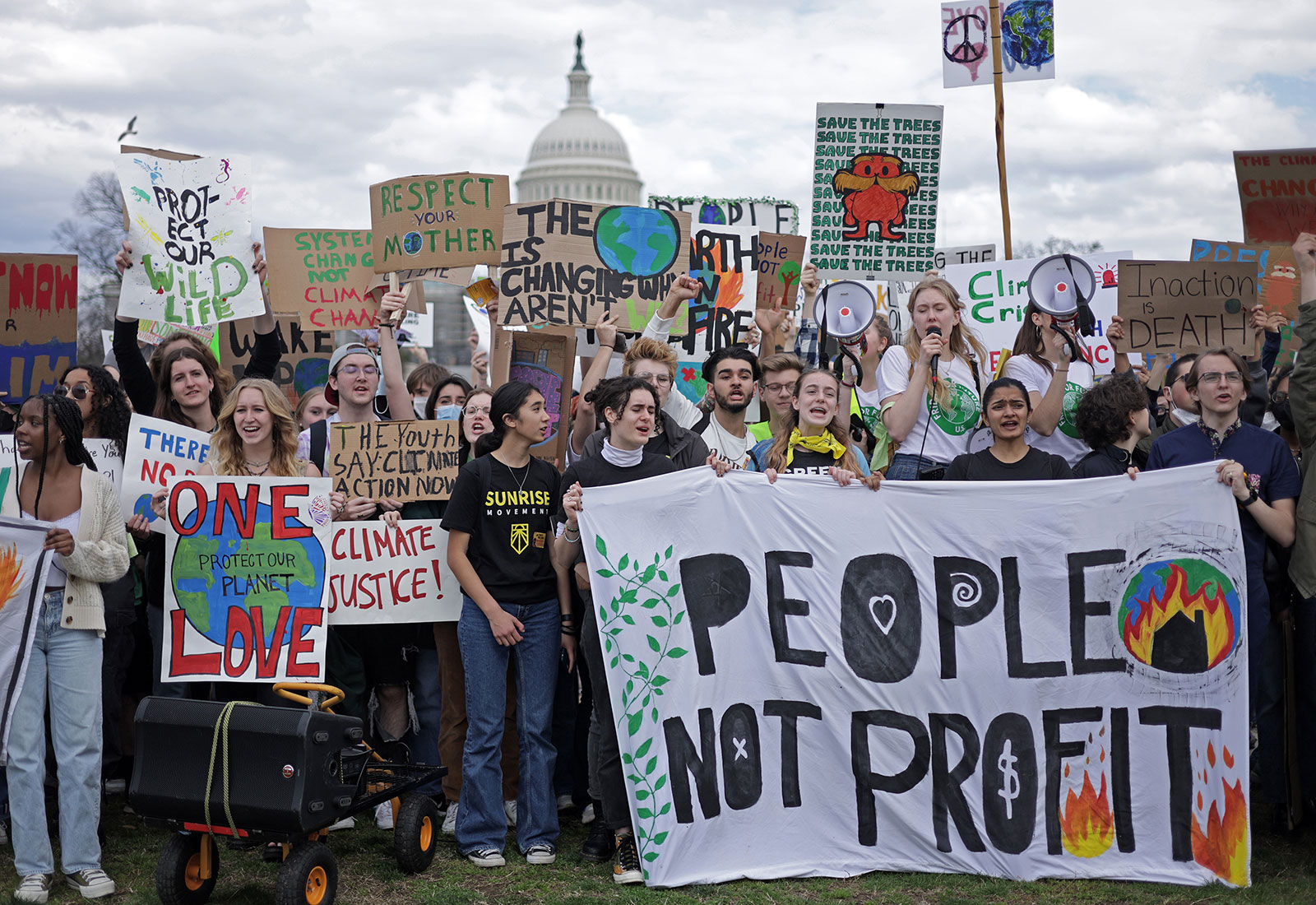Hundreds of thousands of students skipped school on Friday, marching through the streets of more than 750 cities and towns to call for decisive action on climate change and to demand justice for the people most severely affected.
Friday’s protests, the largest mass youth climate strike since 2019, show that the movement is rebounding from the setbacks posed by the pandemic, which forced young people to do most of their organizing remotely.
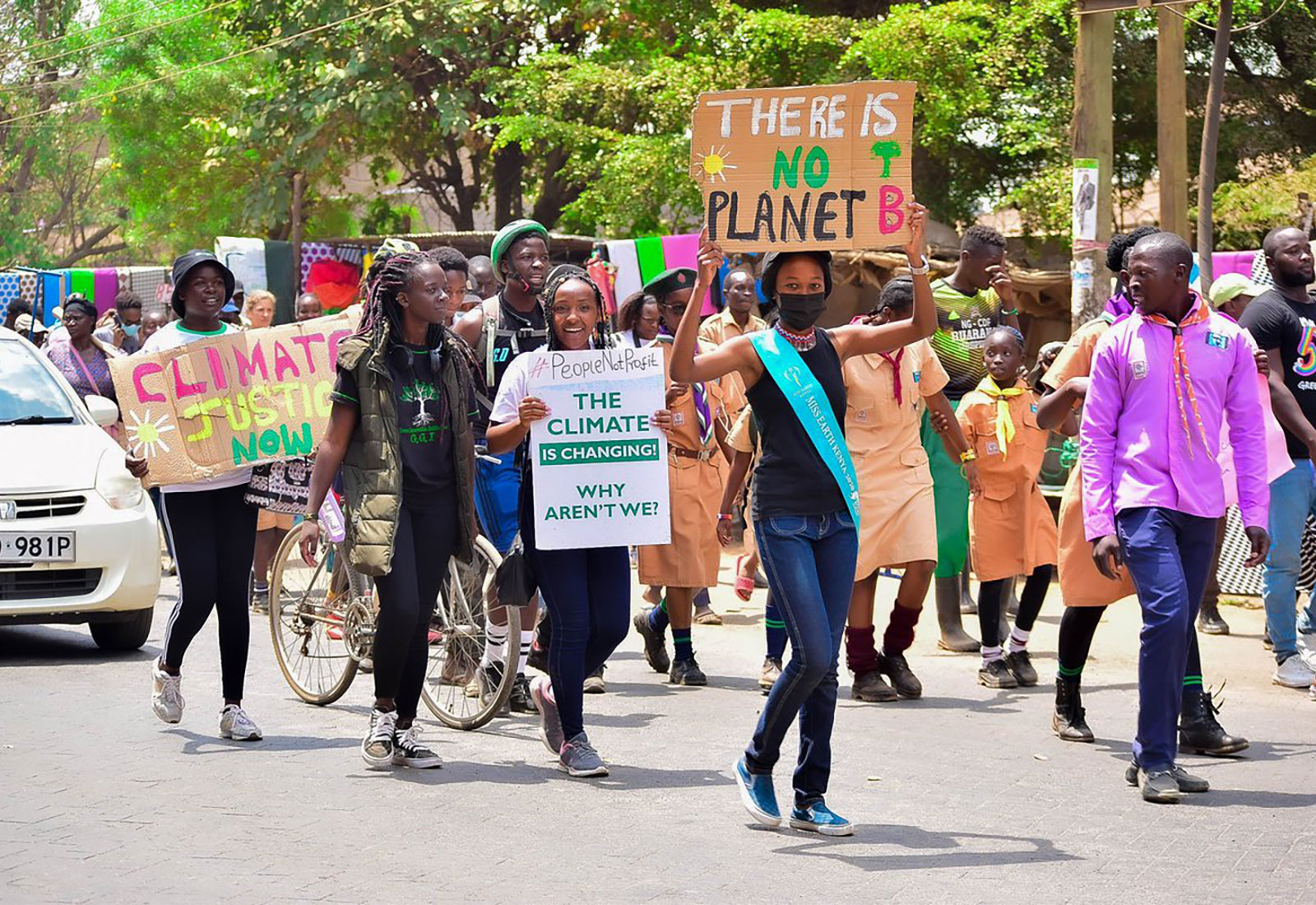
In Stockholm, Sweden — where Greta Thunberg’s solitary 2018 strike ignited an international movement — protesters chanted “We are unstoppable! Another world is possible!” In Feni, Bangladesh, young people stood waist deep in water and one boy held a sign that read: “Like the sea, we are rising.” In Nairobi, Kenya, activists marched through the street, accompanied by blaring music and car horns. Even in Antarctica, researchers posed on the snow with signs urging the world to stop climate change.
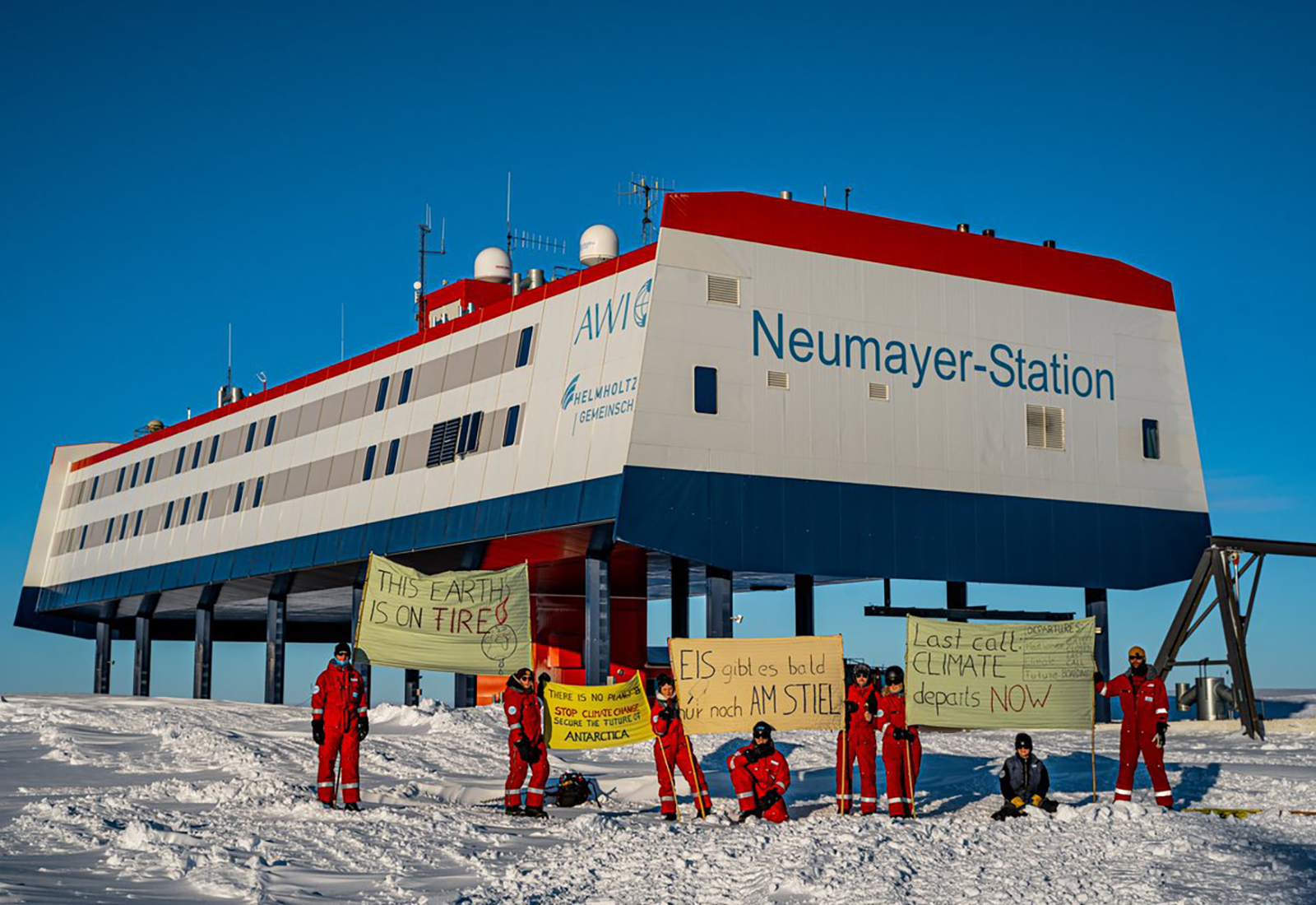
The rallying cry that united all of these demonstrations was “people not profit.” While youth activists still insist that we must cut carbon emissions in line with what scientists say is necessary, in recent years, they have also placed a strong emphasis on climate justice.

Fridays for Future, the youth-led organization that coordinated the strike, wrote, “The catastrophic climate scenario that we are living in is the result of centuries of exploitation and oppression through colonialism, extractivism and capitalism,” and called for climate reparations.
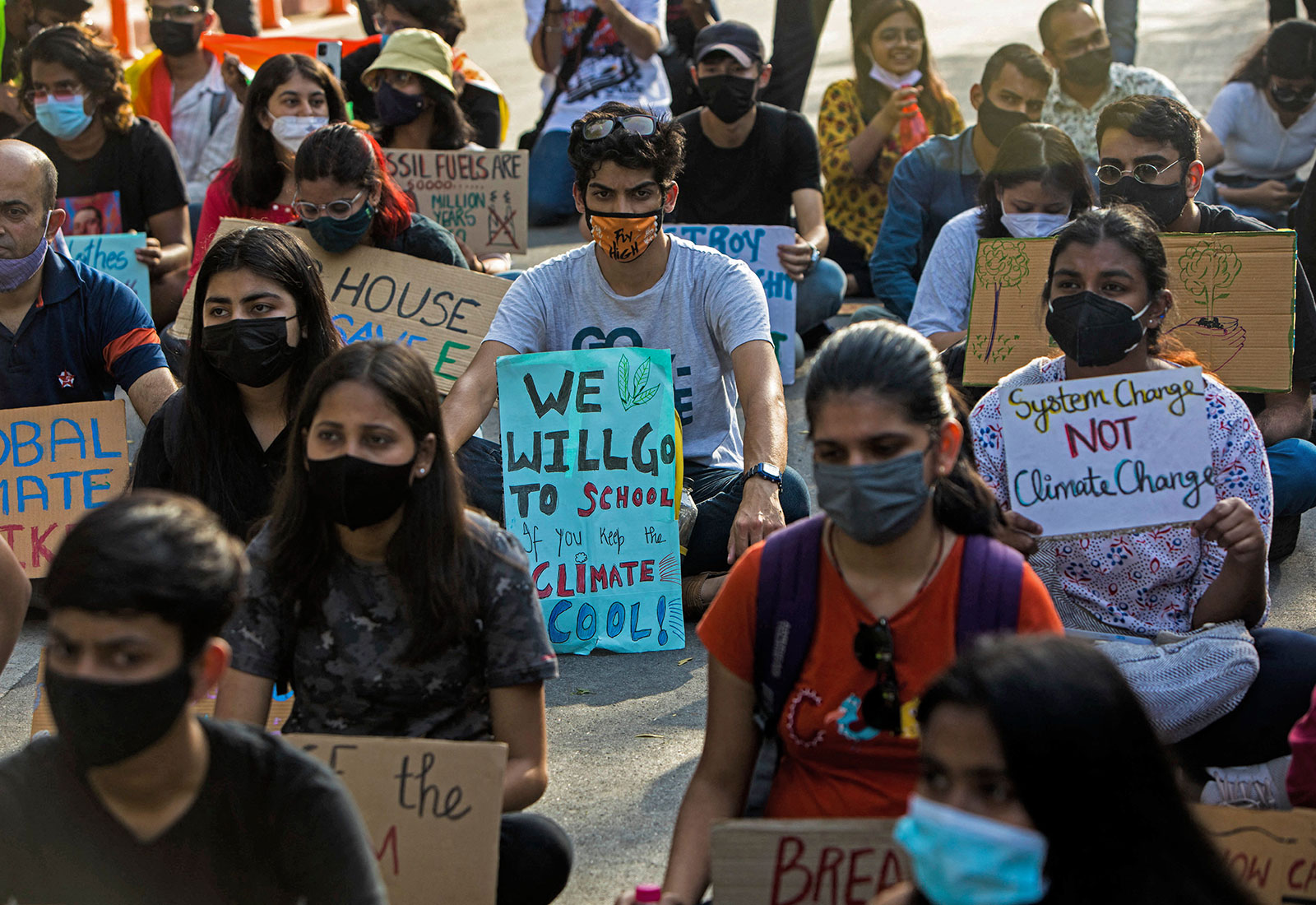
In a recent opinion piece, Bangladeshi climate activist Farzana Faruk Jhumu agreed: “Climate reparations are the compensation that the Global North must pay the Global South for the destruction they have caused through huge carbon emissions.”
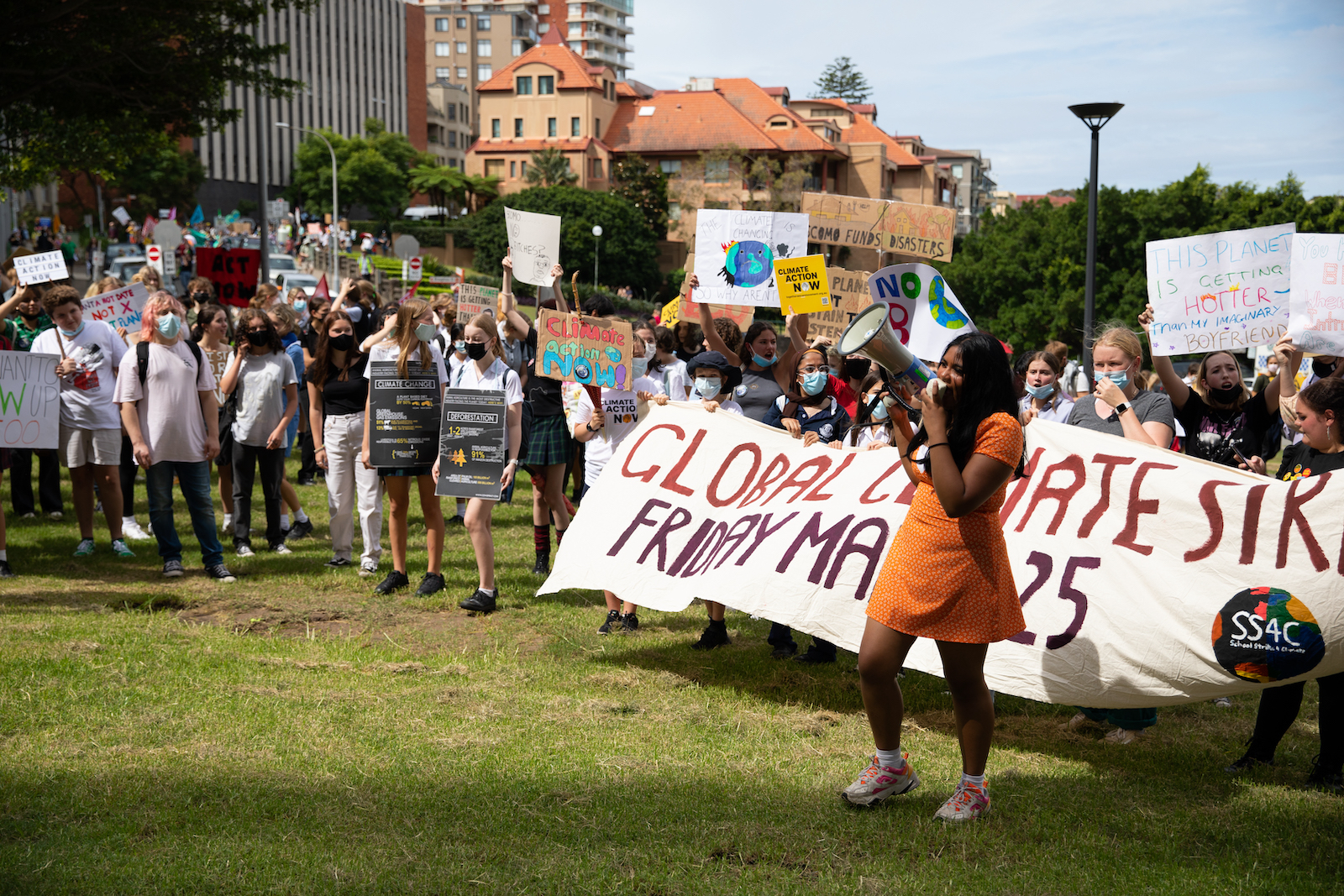
The first wave of international climate strikes in 2019 attracted an estimated 6 million people in thousands of cities and towns across the world. While Friday’s protests weren’t as large, they do signify a resurgence of the youth climate movement now that many countries have eased pandemic restrictions.
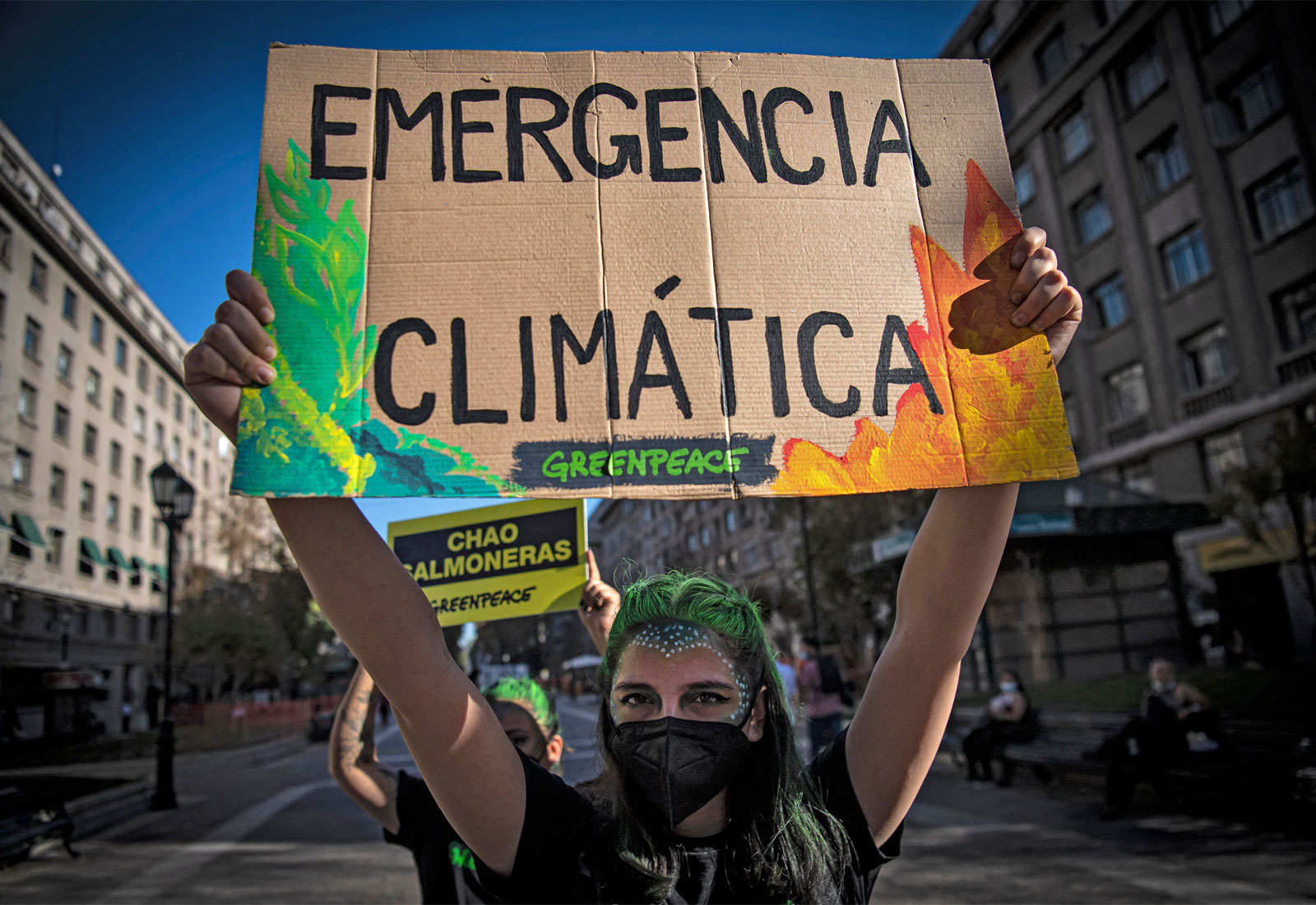
Liv Schroeder, national coordinator and policy director for Fridays for Future U.S., told Inside Climate News, “We’ve been incredibly isolated and while the climate movement has continued during Covid, we need to reignite hope and strikes to push our leaders to act.”

